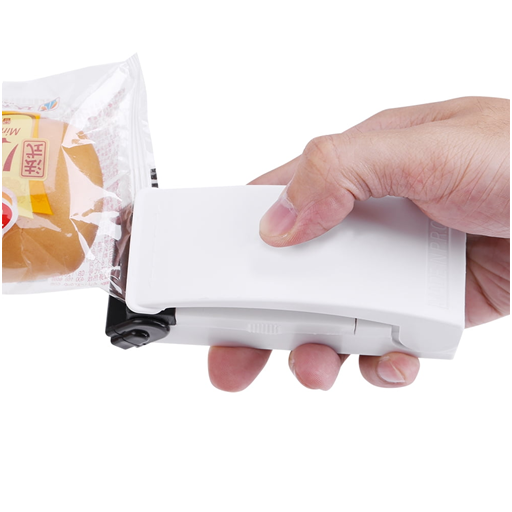The immersion blender, also known as a hand blender or stick blender, has become an indispensable tool in modern kitchens, offering convenience and versatility in food preparation. This article explores the features, benefits, and culinary applications of immersion blenders, highlighting their role in simplifying cooking tasks and enhancing culinary creativity.
Origins and Development:
The concept of the immersion blender dates back to the early 20th century, but it wasn’t until the latter part of the century that it gained widespread popularity among home cooks. Originally designed for professional kitchens, immersion blenders have evolved over time with improvements in technology, design, and functionality to meet the needs of home chefs.
Components and Features:
An immersion blender typically consists of a handheld motor unit with a rotating blade at one end. The blade is submerged directly into the ingredients, allowing for blending, pureeing, and emulsifying right in the cooking vessel, whether it’s a pot, bowl, or pitcher. Modern immersion blenders may come with additional attachments such as whisk attachments for whipping cream or chopping bowls for processing ingredients.
Advantages of Immersion Blenders:
1. Versatility: Immersion blenders are versatile tools capable of performing a variety of kitchen tasks, including blending soups, sauces, smoothies, and baby food, as well as whipping cream and mixing batters.
2. Convenience: Their handheld design makes immersion blenders easy to use and maneuver, eliminating the need to transfer hot liquids to a separate blender or food processor.
3. Space-Saving: Immersion blenders take up minimal space in the kitchen and can often be stored in a drawer or cupboard, making them ideal for small kitchens or apartments.
4. Easy Cleanup: With no bulky pitcher or multiple parts to clean, immersion blenders are easy to clean and maintain, saving time and effort.
5. Control: Immersion blenders offer precise control over the blending process, allowing users to achieve the desired consistency for their recipes with ease.

Tips for Using Immersion Blenders Effectively:
1. Use the Right Container: Choose a container that is deep enough to allow the blade to fully submerge in the ingredients without splashing.
2. Move the Blender Around: To ensure even blending, move the immersion blender around the container rather than keeping it in one spot.
3. Start Slow: Begin blending at a low speed and gradually increase the speed as needed to prevent splattering.
4. Keep the Blender Submerged: Always keep the blade of the immersion blender fully submerged in the ingredients to avoid splashing and ensure smooth blending.
5. Clean Immediately: After use, rinse the blade attachment under running water and wash it with soap and water or place it in the dishwasher for easy cleaning.
Conclusion:
In conclusion, the immersion blender is a versatile and convenient tool that has revolutionized food preparation in the kitchen. With its compact design, versatility, and ease of use, the immersion blender has become a staple appliance for home cooks, enabling them to effortlessly blend, puree, and emulsify a wide range of ingredients. Whether used for everyday cooking or special occasions, the immersion blender empowers users to unleash their culinary creativity and achieve delicious results with minimal effort.




![Snapchat Spectacles (5th Gen) [Top Features Unveiled] [2024] Snapchat Spectacles](https://barefootclimb.com/wp-content/uploads/2024/10/Snapchat-Spectacles-150x150.jpg)






